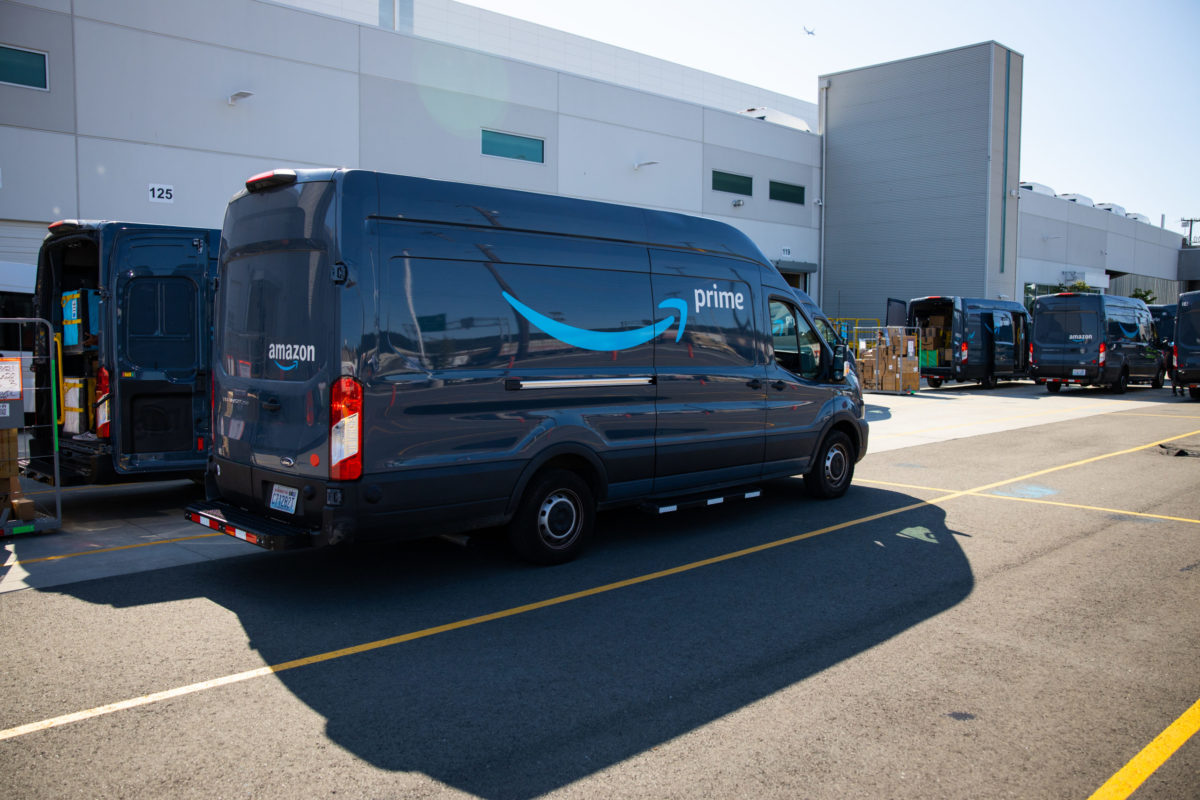The workers at Amazon’s Bessemer, Alabama warehouse have spoken, and it’s a resounding “No” to unionization.
For many, expectations got well ahead of reality, with talk about a “turning point for unions in America,” and belief that Amazon would be forced into major changes to its business and HR practices. Those hopes were shattered by Bessemer, but they were never realistic, as I’ve written elsewhere.
A union win was always a long shot in Bessemer. Workers with no long-term stake in a job are extremely hard to organize. Turnover is very high in the Amazon warehouses, and workers who do stay tend to be more committed to Amazon. And of course, Amazon pulled out all the anti-union stops in Bessemer.
It’s also true that for unskilled workers, Amazon offers relatively good pay and plenty of hours (a constant problem for low-skilled workers more generally). Compared to other manual labor jobs, Amazon can point to a clean and safer environment, though not compared to other warehouses.
Nor is Amazon stupid or naïve about offering a voice to workers. They can access electronic channels to pose concerns, and both issues and management responses can be posted on electronic bulletin boards in the warehouses. There are other channels as well. This is not an old-fashioned factory environment where workers buttoned up or got fired; Amazon is much more sophisticated, even if the end product is not all that different.
[Related reading from the Technical.ly archives: Inside DC tech’s rising interest in labor unions]
Still, Amazon remains profoundly anti-union, in ways that reach far beyond the many practical reasons why it doesn’t want unions in the warehouses. Those practicalities do matter. Imposing management’s will is much easier if there is no organization pushing back. Workers are atomized within the warehouse — they are, for example, not permitted to speak to other workers aside from work-related matters except on break. Together with high turnover, this means every Amazon worker must confronts problems with Amazon on their own — just like sellers do on Amazon’s marketplace. Amazon seeks to extract the very last ounce of sweat and effort from its workers; it’s a lot easier to do that if they have no collective voice.
So practicalities matter. But there is something deeper going on at Amazon.
This is a company that demands much more than simple compliance from both blue- and white-collar workers. It wants commitment, like the Jesuits or the Marines. It wants employees who fully buy into the prime commandment: customer obsession, which means making sure the customer always comes first.
Amazon wants employees who fully buy into the prime commandment: customer obsession, which means making sure the customer always comes first.
There is an enormous gap between the fantasy world of Amazon in which everyone is on the team, pushing to delight customers in every way possible, and the harsh reality of the relentlessly accelerating pace of work in the warehouse. Partly, Amazon fills this gap with Orwellian happy speak. In the warehouse environment, this can come over the cheesy, as a weird form of Asian-style factory management. Amazon’s warehouses are filled with posters referencing its “Leadership Principles.” Management uses mass meetings to exhort workers to push even harder, meet ever more challenging goals, by referencing Amazon’s need to delight its customers.
Partly, Amazon buys acceptance by paying reasonably well and offering health care from day one. And it’s now also trying gamification — turning work into a competition between employees (which does seem to work).
But mostly, Amazon fills the gap between its fantasy world and reality by weeding out those who don’t buy in. Data from a 2018 lawsuit shows that over about 13 months, it terminated 341 workers for “productivity” and another 619 for “productivity-trend” — a total of 960 let go out of a total workforce, at the time, of about 2,500. That’s a staggering number, especially as it does not include all those who left on their own.
Amazon is a mission-driven organization, far more so than the other big tech companies or indeed other big companies period. The upside is that it can as a result trust its thousands of small teams to be rowing in roughly the same direction, ceaselessly seeking ways to improve operations, build better products, or invent something entirely new, all to serve customers better.
The flip side is that Amazon cannot concede that workers may have desires and needs that don’t mesh with customer obsession. That they have more mundane issues: that bathroom breaks are too tightly monitored, than the line keeps speeding up, that mandatory overtime is becoming more normalized, that safety rules are repeatedly broken, that COVID-19 was just a cost of doing business … as well as the hundreds of small problem and concerns inevitable in any big factory.
Above all, Amazon cannot concede that there is a “them” and an “us” within the company itself. That, for such a mission-driven company, is intolerable, just as it would be for the Jesuits or the Marines. And that is the deeper reason why Amazon cannot abide unions: the need for unions, the existence of unions, fundamentally refutes the story that Amazon tells itself about its own core purpose.
Join our growing Slack community
Join 5,000 tech professionals and entrepreneurs in our community Slack today!
Donate to the Journalism Fund
Your support powers our independent journalism. Unlike most business-media outlets, we don’t have a paywall. Instead, we count on your personal and organizational contributions.

Mayor Bowser: Tech can help DC build a stronger, more self-sufficient economy

Comcast introduces ultra-low lag Xfinity internet that boosts experiences with Meta, NVIDIA and Valve

Maryland firms score $5M to manufacture everything from soup to nanofiber


